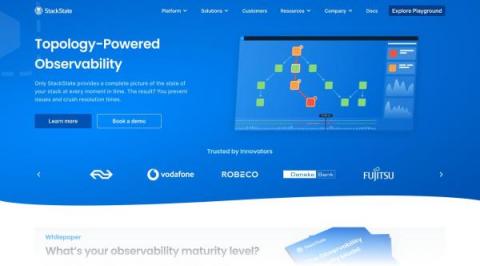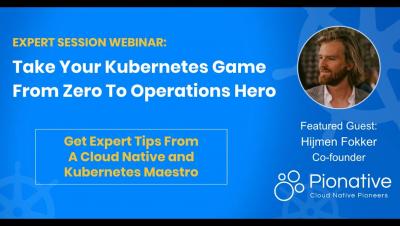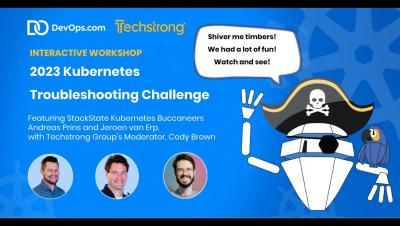10 Burning Questions CTOs Have About Kubernetes
As enterprise architecture and technology innovation leaders, it's crucial to understand the benefits, limitations and best practices associated with building cloud native apps and modernizing legacy workloads. Gartner recently published a worthwhile read addressing what keeps CTOs up at night while assessing Kubernetes and container adoption.







